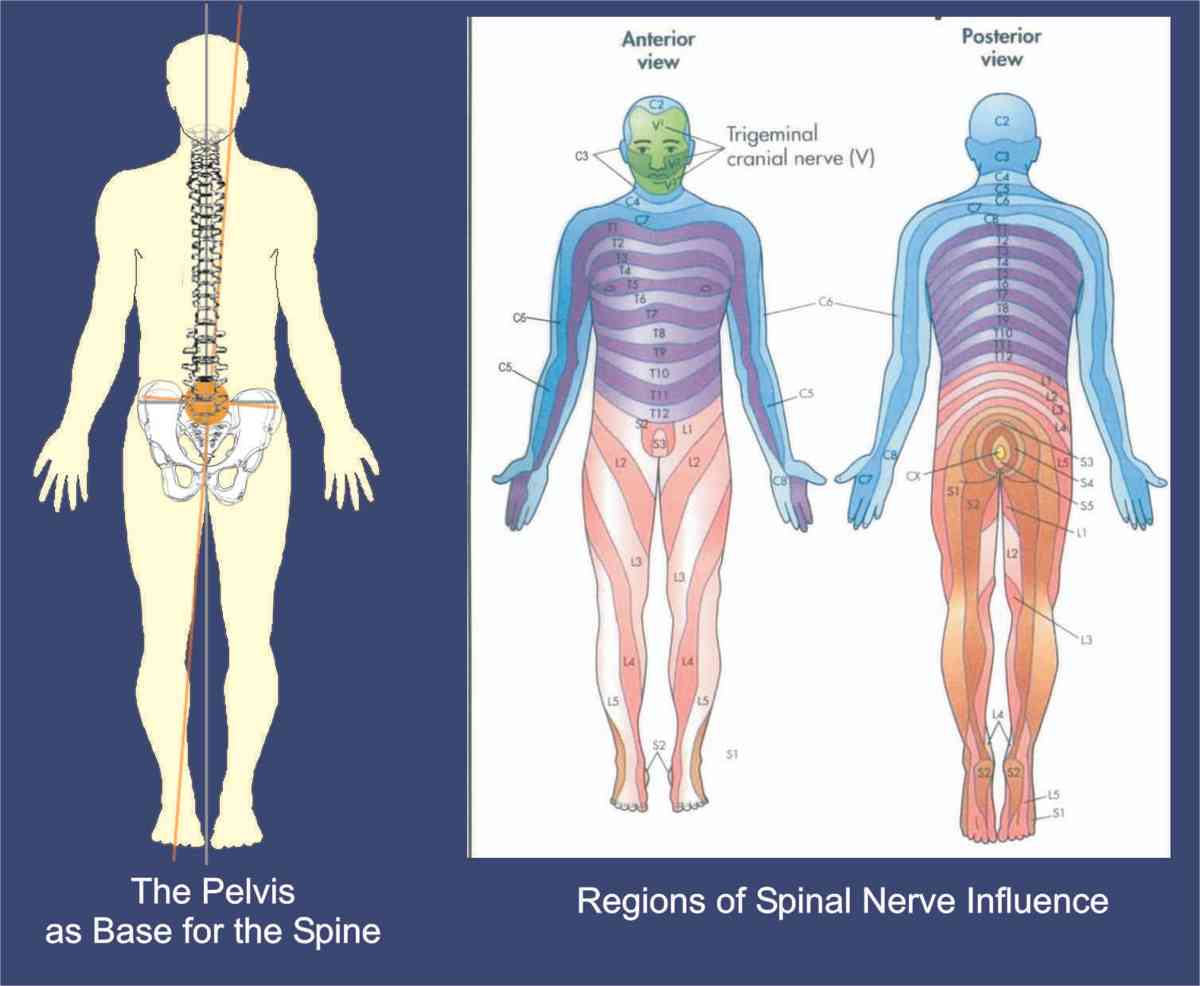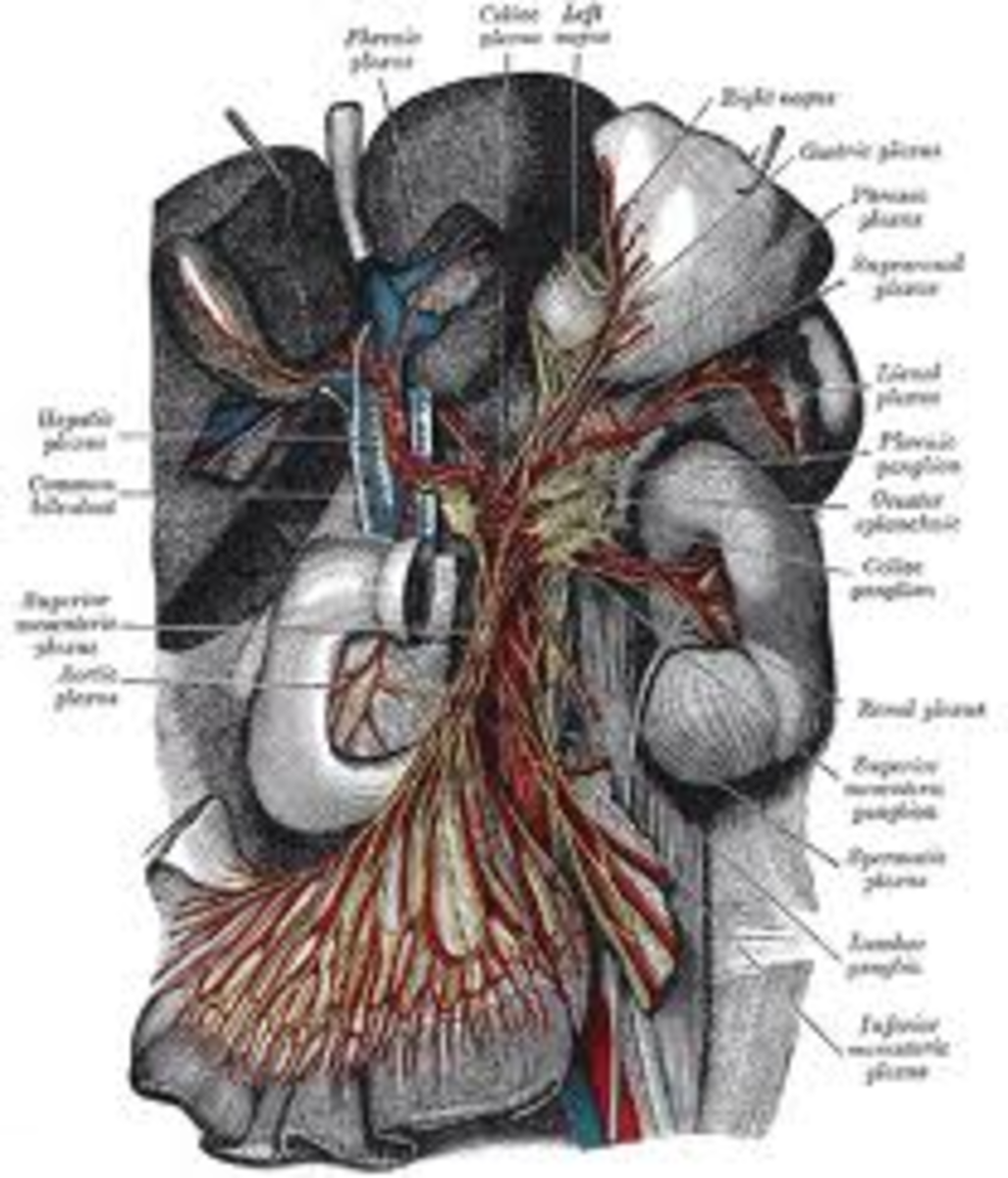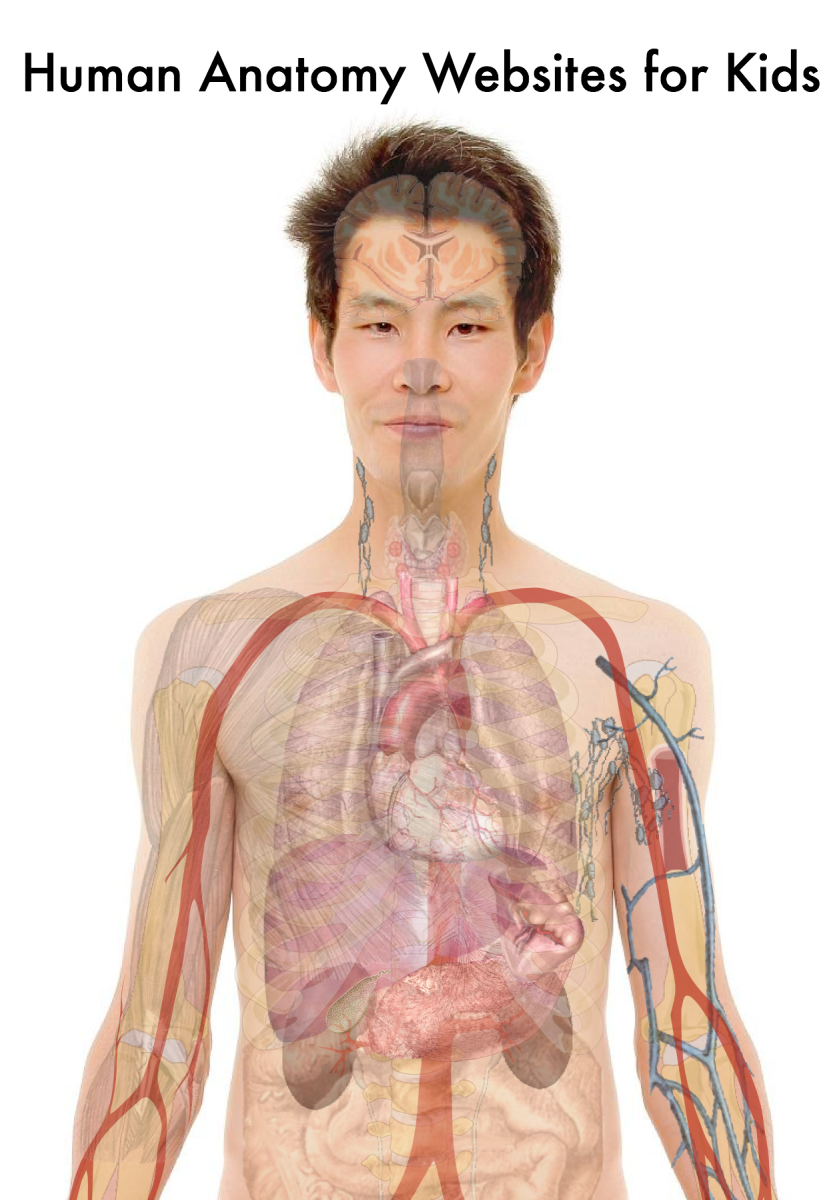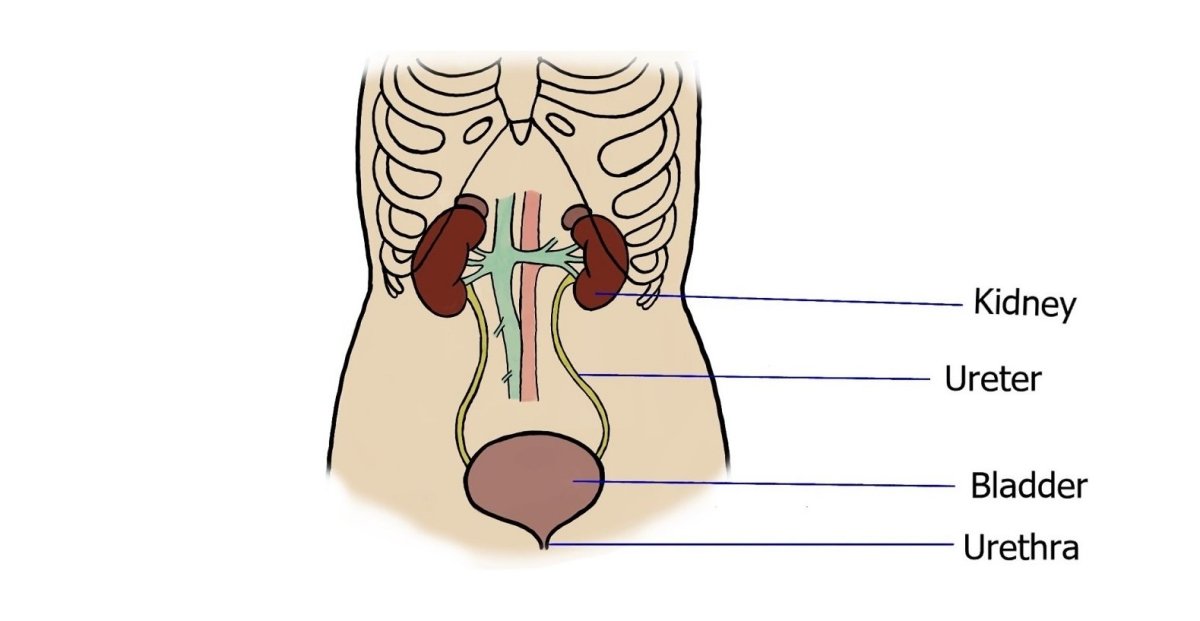Myth or Fact: Can Fascia Hold Emotional Tension and Cause Organs to Adhere Together?

There’s hardly anyone who isn’t familiar with a sense of persistent tightness in the body. Whether it’s stiffness in the spine or a feeling of restriction in the gut region, many-a-times this type of pressure can be attributed to ‘fascial tension.’ In fact, myofascial pain is a common dysfunction affecting up to 85% of the general population (Fleckenstein et al, 2010).
Now, in layman’s language, fascial tension means the stress built up in the web-like tissue that covers everything inside our bodies. But without skimping the necessary details, let’s really try to understand what fascia is, what this tension is, its relation with emotions, and how it affects our bodily functions.
What Is Fascia?
Fascia is a continuous, fibrous connective tissue that wraps around and supports every structure in the body, providing both structural integrity and facilitating movement. Fascia is categorized into three main types:
-
Superficial Fascia: Located just below the skin, it stores fat and water, provides insulation, and serves as a pathway for nerves and blood vessels.
-
Deep Fascia: Surrounds muscles, bones, and nerves, helping coordinate movement and maintaining muscle function.
-
Visceral Fascia: Encloses and supports internal organs, keeping them properly aligned and functioning efficiently.
Our fascia doesn’t just assist to keep our organs in place. In fact, fascia plays a key role in transmitting hormones and neurotransmitters throughout the body, making it deeply connected with the nervous system and the endocrine system. It also plays an important role in supporting the immune system.
Fascia, Fascial Tension and Emotions: What Science Says.
Fascial fuzz or tension lines build up in the fascia on account of repetitive movements, sustained postures, surgical procedures or even sudden stressors that strain muscles and connective tissues. Collagen is a component of the fascia. It is deposited or laid down along the tension lines in the tissues at both molecular (Gautieri et al., 2011) and macroscopic level (Sasaki and Odajima, 1996). If not released early, over time, these lines form imprints or patterns in the fascia where the body has regularly experienced stress. Given enough duration, these tension lines can even thicken or stiffen and the tissue starts losing its natural elasticity.
However, physical strain is not the only contributing factor to fascial tension. Our body transmits chemical signals whenever we feel things like stress, fear, or sadness. These signals, via peptides, travel throughout the body and attach to special spots called receptors inside the tissues, including in the fascia as well (Pert, 1997). The brain’s emotional center, called the limbic system, also has many of the same types of receptors (Pert et al., 1998).
So, emotions and body tissues are closely connected . Therefore, when something happens to our body—like stress or pain—it can affect our emotions, and similarly, when we feel emotions, it can affect different parts of our body.
In the fascia, this is seen since chemicals released by nerves after stress or trauma can change collagen’s structure, leading to what can be called an ‘emotional scar’ (Heine, 1990).
Over time, when emotions are repeated, fascia can become tighter or more restricted, fundamentally storing the memory of those feelings in the tissues. (Tozzi, 2014).
Implications of Fascial Tension: Does It Make Organs Adhere Together?
Yes, fascial tension can contribute to organs adhering to each other or to surrounding tissues. When fascia becomes tight, inflamed, or damaged—whether from surgery, injury, or chronic stress—it can cause layers that are normally meant to glide smoothly to instead cling together. These “adhesions” can restrict movement, create discomfort, and interfere with how organs function.
For example, tight fascia in the abdominal area might lead to adhesions between loops of the intestine or between the intestines and the abdominal wall, contributing to bloating, pain, or digestive issues. Similarly, tension in the chest fascia can pull on the lungs or heart, making breathing or circulation feel harder. This does not mean that the various organs and the fascia stick to each other in a literal sense, but the normally smooth and slippery fascial layers become gummy and restricted.
While not every case of fascial tension leads to adhesions, it’s a common occurrence—especially when combined with inflammation, trauma, or scar tissue. Other common and regularly experienced implications of fascial tension are:
Muscles & Joints
-
Pain & stiffness: Tight fascia makes muscles ache and joints feel stiff.
-
Less movement: It can limit how far one can stretch or move.
-
Muscle imbalances: Some muscles overwork while others weaken.
Posture & Alignment
-
Slouched posture: Tension can pull our body out of shape.
-
Joint wear: Misalignment stresses joints and speeds up damage.
Circulation & Nerves
-
Poor blood flow: Tight tissue can choke blood supply, slowing healing.
-
Nerve pain: It might press on nerves, causing tingling or sharp pains.
Breathing & Digestion
-
Shallow breathing: Chest tightness can make breathing hard.
-
Bloating: Tight fascia in the belly can mess with digestion.
Stress & Body Signals
-
Keeps you tense: The body stays in “stress mode,” making anxiety and sleep issues worse.
Recovery & Performance
-
Slower healing: Less blood flow means injuries take longer to fix.
-
Weaker workouts: Mobility drops, affecting strength and endurance.
Solutions for Fascial Tension
If you’re experiencing any of the above symptoms, chances are that fascial tension is the cause. But do yourself a favor and get it diagnosed by a doctor in a proper clinical setting.
Even with all these issues, the good news is that fascia responds well to care and movement!
-
Move & Stretch: Gentle stretches and deep breathing keep fascia flexible and prevent it from sticking.
-
Massage & Myofascial Release: Foam rolling or professional massage helps break up tight spots and improves circulation.
-
Stay Hydrated: Fascia is mostly water—drinking enough keeps it soft and healthy.
-
Eat Anti-inflammatory Foods: Fruits, vegetables, and healthy fats reduce inflammation that can tighten fascia.
-
Manage Stress: Relaxation techniques and mindfulness help release tension stored in the body.
-
Get Medical Help When Needed: For severe adhesions, physical therapy or other treatments might be necessary.
Final Thoughts
Taking care of fascia isn’t just about preventing pain—it’s about keeping your whole body moving freely and feeling good. Small daily habits can go a long way toward keeping fascia healthy, your body light, your mind free, and you—ready to move!
References
-
Fleckenstein, J., Zaps, D., Rüger, L. J., Lehmeyer, L., Freiberg, F., Lang, P. M., & Irnich, D. (2010). Discrepancy between prevalence and perceived effectiveness of treatment methods in myofascial pain syndrome: Results of a cross-sectional, nationwide survey. BMC Musculoskeletal Disorders, 11, 32.
-
Gautieri, A., Vesentini, S., Redaelli, A., & Buehler, M. J. (2011). Hierarchical structure and nanomechanics of collagen microfibrils from the atomistic scale up. Journal of the Mechanical Behavior of Biomedical Materials, 4(7), 1094–1103.
-
Heine, H. (1990). Neurogene entzündung als basis chronischer schmerzen. Plenum Publishing Company, New York
-
Pert, C. B. (1997). Molecules of emotion: Why you feel the way you feel. Scribner.
-
Pert, C. B, Dreher, H. E., & Ruff, M. R. (1998). The psychosomatic network: Foundations of mind-body medicine. Alternative Therapies in Health and Medicine, 4(4), 30–41.
-
Sasaki, N., & Odajima, S. (1996). Elongation mechanism of collagen fibrils and force–strain relations of tendon at each level of structural hierarchy. Journal of Biomechanics, 29(9), 1131–1136.
-
Tozzi, P. (2014). Does fascia hold memories? The Journal of Bodywork and Movement Therapies, 18(1), 127–132.
This content is accurate and true to the best of the author’s knowledge and does not substitute for diagnosis, prognosis, treatment, prescription, and/or dietary advice from a licensed health professional. Drugs, supplements, and natural remedies may have dangerous side effects. If pregnant or nursing, consult with a qualified provider on an individual basis. Seek immediate help if you are experiencing a medical emergency.
© 2025 Urwah Jawaid








